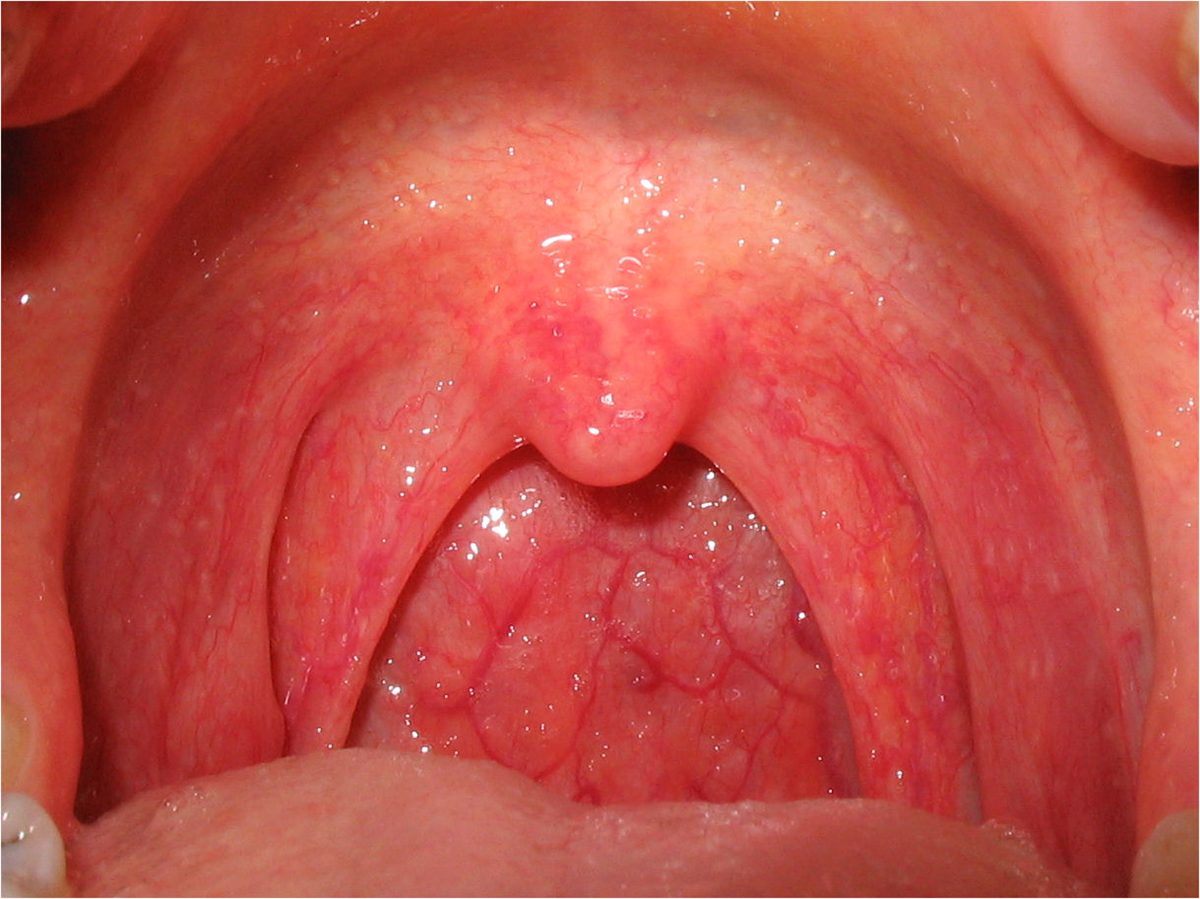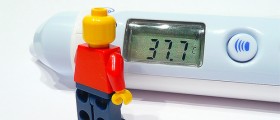
As all parents know, fever is a sign that something is wrong with the health of their child. Fever is not always a cause for panic, and in most cases its cause is easily treatable.
Fevers can be classified in two groups, low grade and high grade fever. Low grade fever is a body temperature ranging from 101 F to 103F or 104F (38.4 to 39.5 Celsius), while high fever goes beyond 104F (40 Celsius). High grade fever is easily detected, because the child becomes very hot, especially if touched on forehead or cheeks. Low grade fever usually causes a general feeling of malaise and fatigue, and the child may not necessarily feel very hot. Many different causes can lead to low grade fever in children, and the treatment depends on the exact cause.
Causes of low grade fever in children
The most common causes of low grade fever in children are vital infections like flu and common cold. Children tend to suffer from these infections quite often, probably because they spend a lot of time indoors with other children, for example in kindergarten and in school, so the chance of getting an infection is higher. Viral infections are particularly common in the winter season.
Bacterial infections are another common cause for low grade fever, especially strep throat and sinus infections.
Other possible causes for low grade fever in children include chickenpox, ear infections, bladder infections, rubella, mumps, measles, roseola, dengue fever, Coxsackie and the so-called "fifth disease" or erythema infectiosum.
In addition, low grade fever with no other symptoms, aside from maybe runny nose and itchy eyes, may be a sign of an allergy. Low grade fever is sometimes observed in teething babies as well.
Treatment for low grade fever in children
Low grade fever often goes away after a day or two. However, if it persists for a week or longer, it is recommended to see a doctor.
Fevers go away after their cause is gone. Viruses go away on their own, while bacterial infections require medications, or antibiotics to be precise.
Even in case of viral infections, like flu or common cold, parents can help their children with the symptoms, including the fever. There are medications that lower the body temperature, and parents should always choose the ones that are suitable and perfectly safe for children, but even those should never be given without consulting a doctor.
There are ways to lower the body temperature without using medications, like cold compresses, plenty of fluids, lukewarm baths and lots of rest.

















Your thoughts on this
Loading...